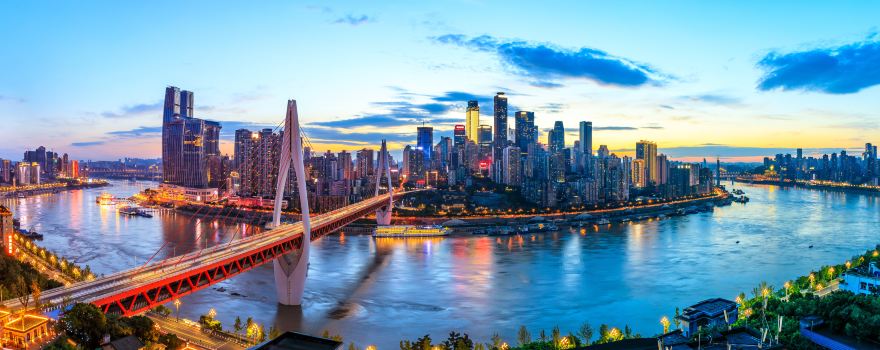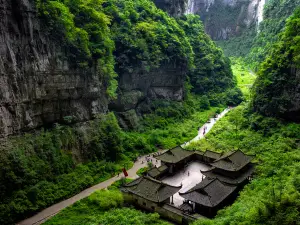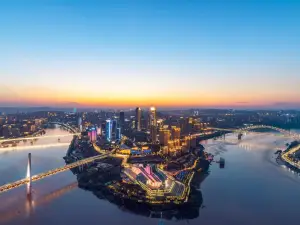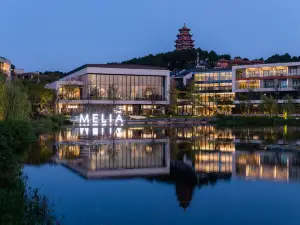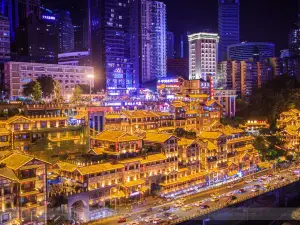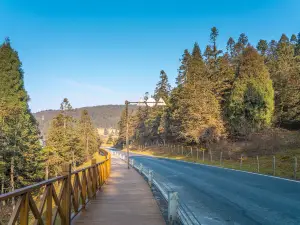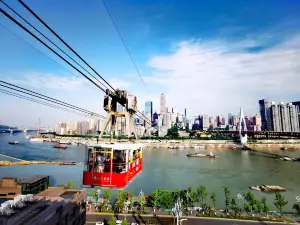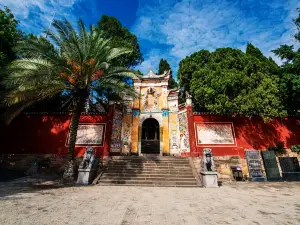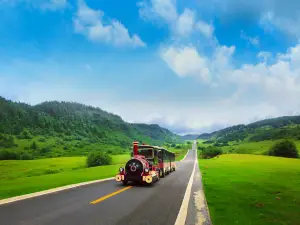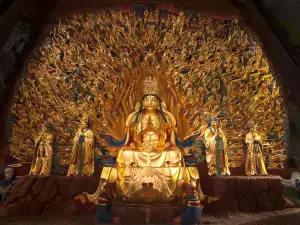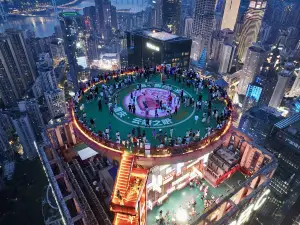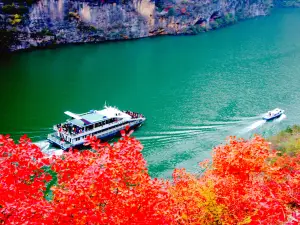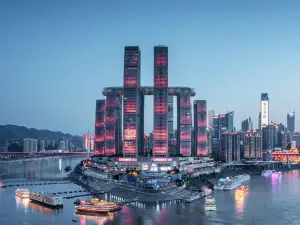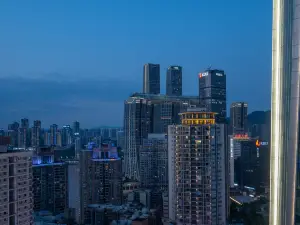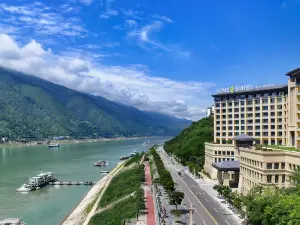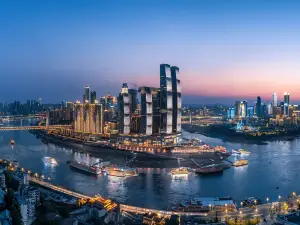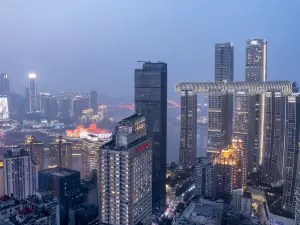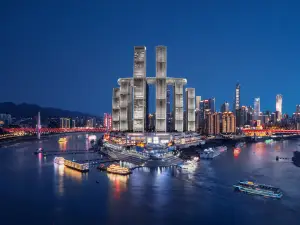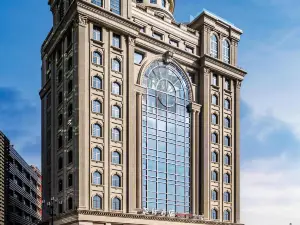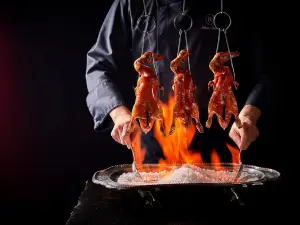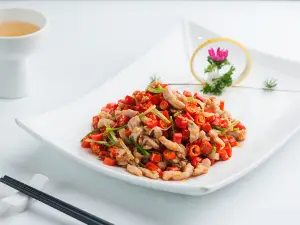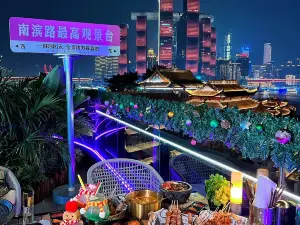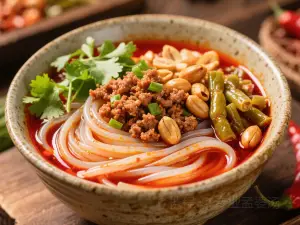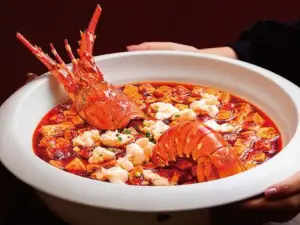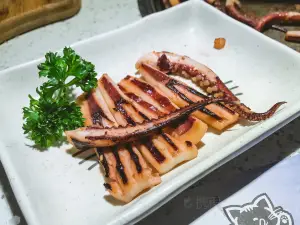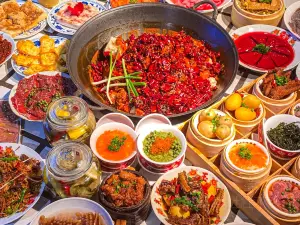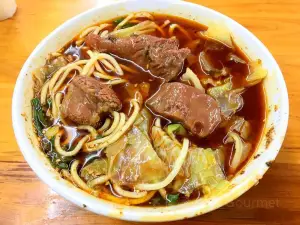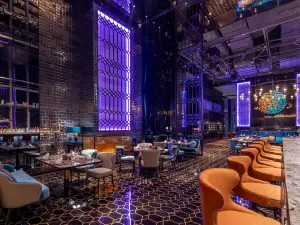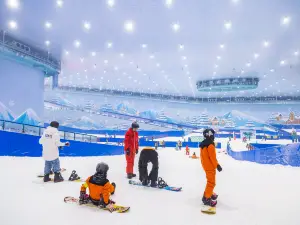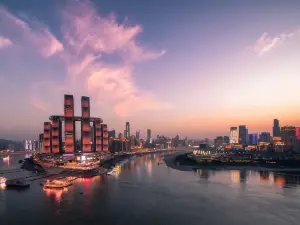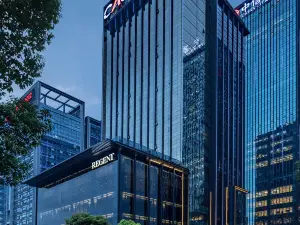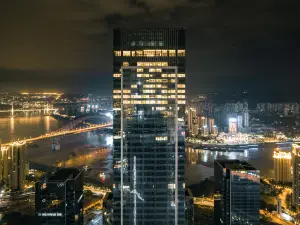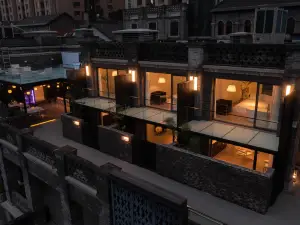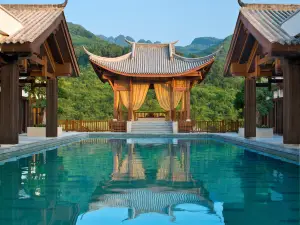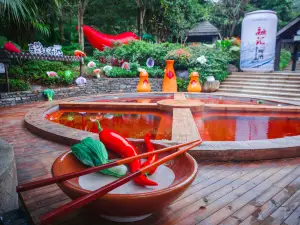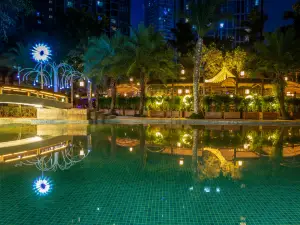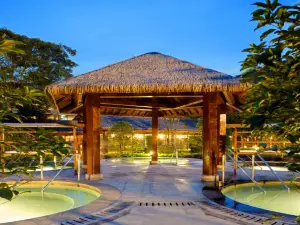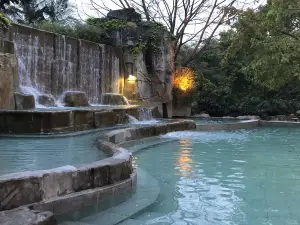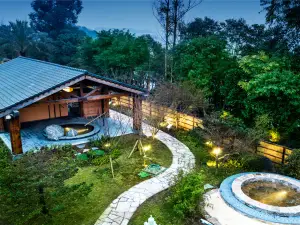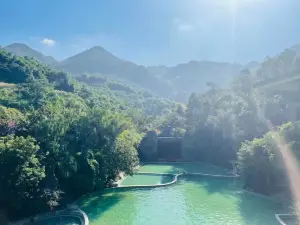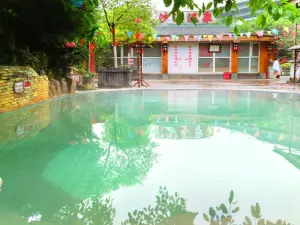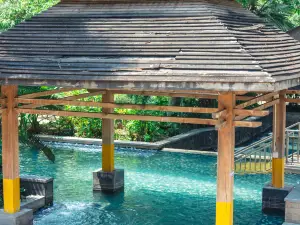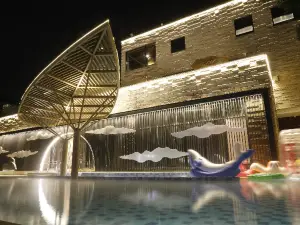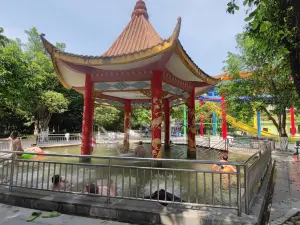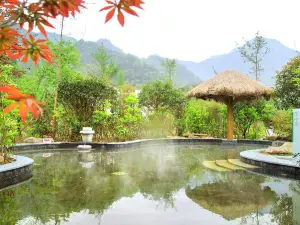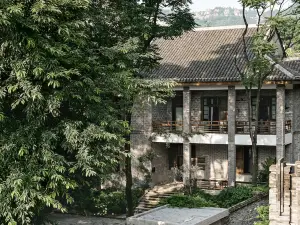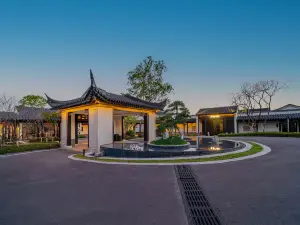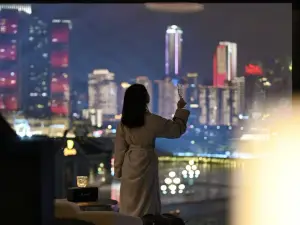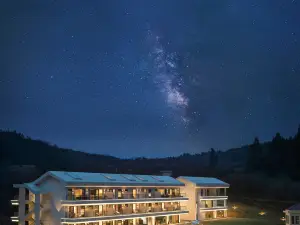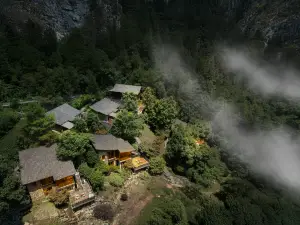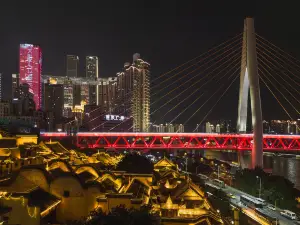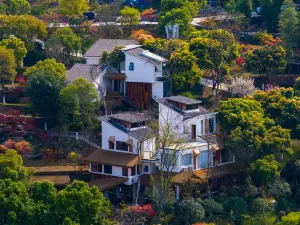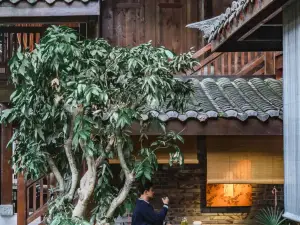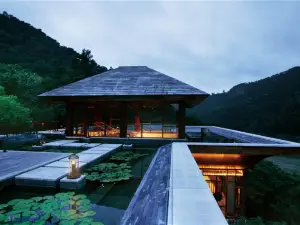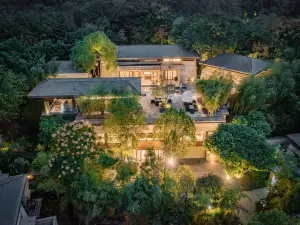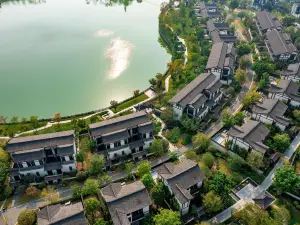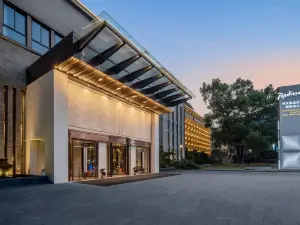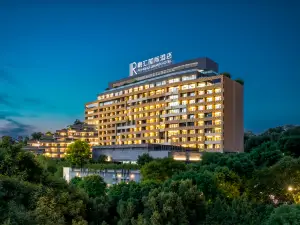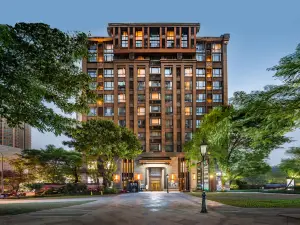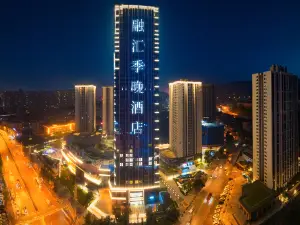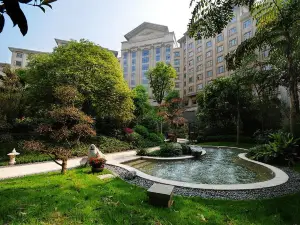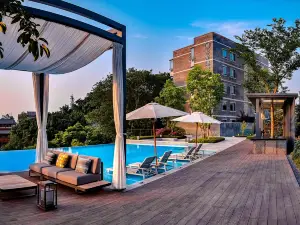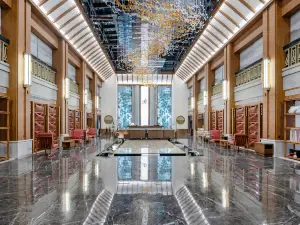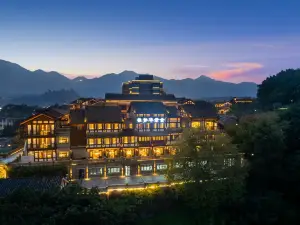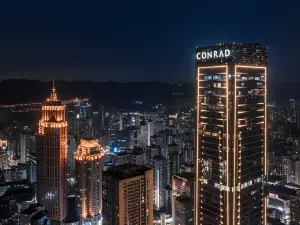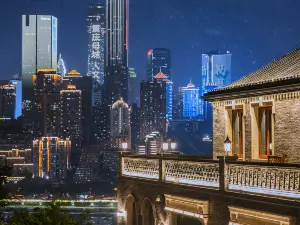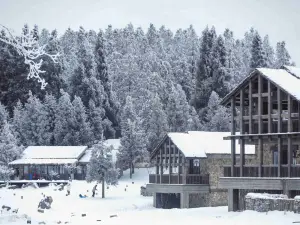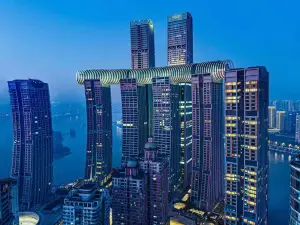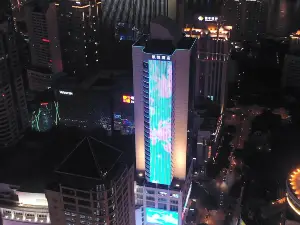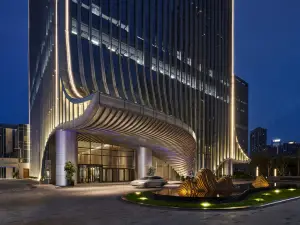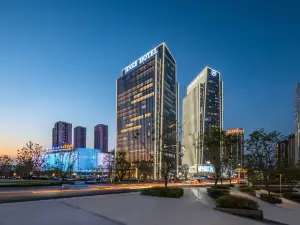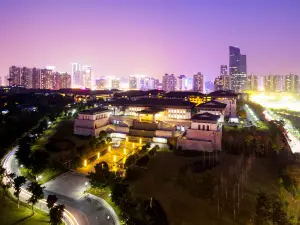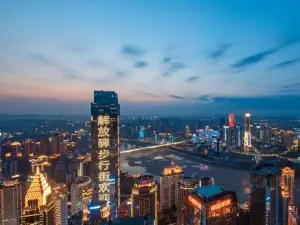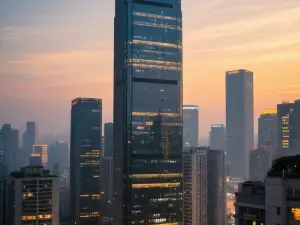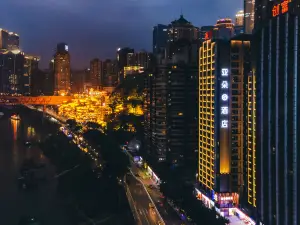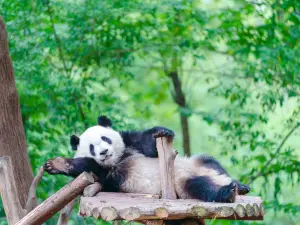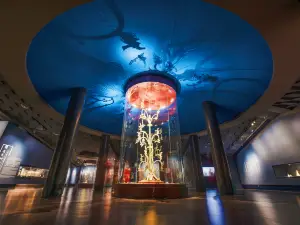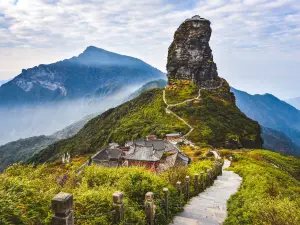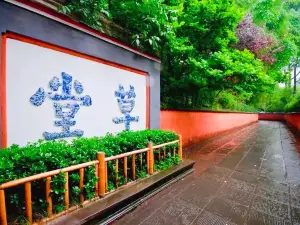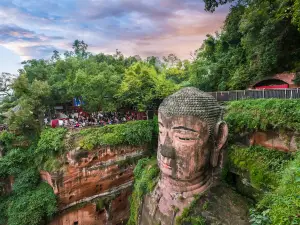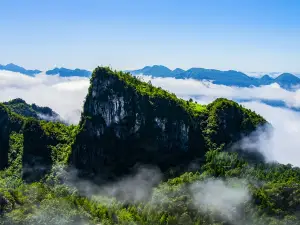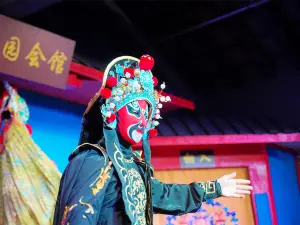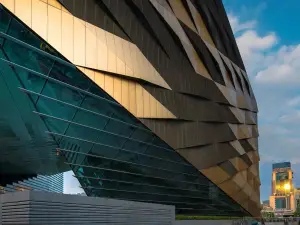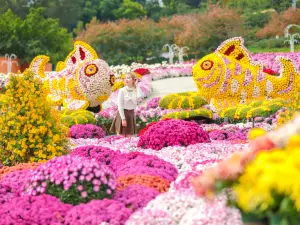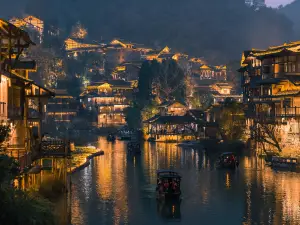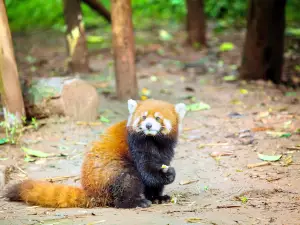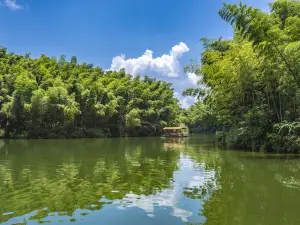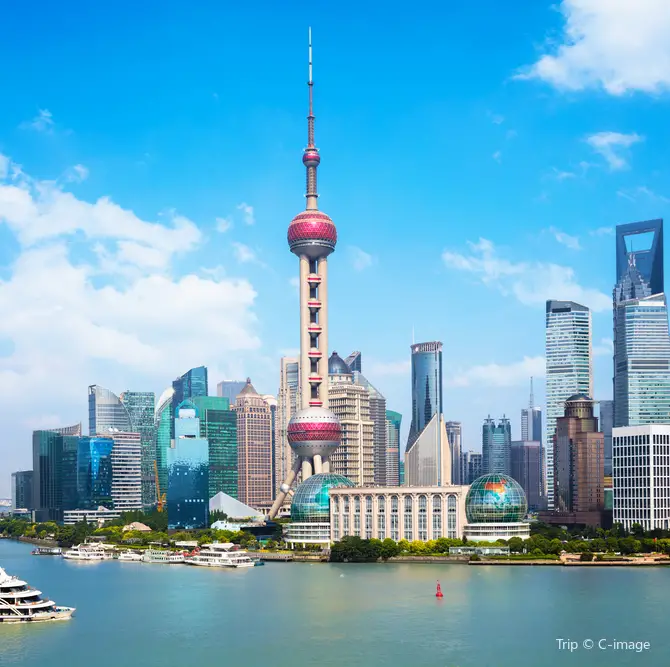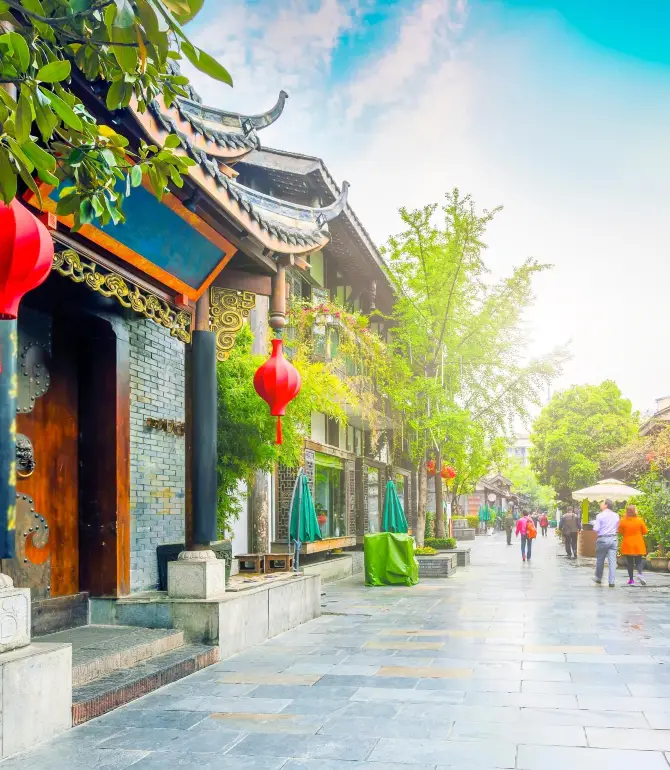Things to do in Chongqing (2025): Top nearby activities,popular attractions,itinerary planning,weather,accommodation,food,transportation,and more - all you need to know (updated November, 2025) | Trip.com
About Chongqing
Recommended trip: 2–5 day(s)
Recommended trip: 2–5 day(s)Current weather conditions
Chongqing Local Experiences Map

Trending in Chongqing
Chongqing Local Travel Guide 2025
Chongqing Brief Guide
China’s mountain metropolis on the Yangtze River, Chongqing, stuns with a multi-tiered cityscape carved into steep hills, where riverside neon meets misty valleys. Explore its delicious spicy cuisine, hilly terrain, and unique city views. This guide will help you plan your perfect Chongqing adventure.
Chongqing Must-try local experiences
1. Take a Night Cruise on the Yangtze River Embark on a night cruise along the Yangtze and Jialing rivers to see Chongqing's illuminated skyline and vibrant nightlife, including landmarks like Hongya Cave and Chaotianmen Bridge. 2. Discover the Dazu Rock Carvings Explore the UNESCO World Heritage Site of Dazu Rock Carvings, featuring intricate Buddhist sculptures and carvings from the 7th century. 3. Experience Hongya Cave Cultural Center Wander through Hongya Cave Cultural Center, a multi-level complex with traditional architecture, shops, and restaurants, offering stunning views of the Jialing River. Capture the unique beauty of the Hongya Cave stilt houses, highlighting the traditional architecture and vibrant colors. 4. Walk through Ciqikou Ancient Town Stroll through Ciqikou Ancient Town, with its narrow streets, traditional teahouses, and local crafts, to experience the charm of old Chongqing. 5. Sample Local Cuisine Chongqing is famous for its spicy hot pot, but don't miss other local dishes like Chongqing noodles and spicy chicken. 6. Explore the Jiefangbei Pedestrian Street Discover the bustling Jiefangbei Pedestrian Street, a shopper's paradise with modern malls, department stores, and local boutiques.
Chongqing Must-see Attractions
Chongqing is a city of both natural and urban wonders, featuring attractions like the Yangtze River Cableway, the UNESCO-listed Three Natural Bridges, the culturally rich Hongyadong Commercial Street, and Ciqikou Ancient Town, as well as the scenic Chongqing Two-River Cruise, all of which offer visitors a blend of breathtaking landscapes, historical insights, and modern entertainment.
Chongqing Food Guide
Chongqing's cuisine is renowned for its spicy, fresh, and fragrant characteristics, from the spicy oil-dipped hotpot and Chuan Chuan to the al dente and chewy Xiaomian and Hot and Sour Noodles, to the gold ingot-shaped wontons, all reflecting this mountain city's love and pursuit of spicy flavors and rich ingredients.
Chongqing Transportation
Chongqing, a vast municipality in southwest China, is a major transportation hub, accessible by air, rail, bus, or road from international and domestic locations. By Air Chongqing Jiangbei International Airport (CKG): The primary gateway, located ~25 km (15 miles) northeast of downtown. Serves international and domestic flights. To City Center from CKG: Metro Line 10 (45–60 minutes, ¥3–12) connects to downtown via stations like Hongqihegou. Airport shuttles (60–90 minutes, ~¥20–35) serve key areas like Jiefangbei and North Railway Station. Taxis cost ~¥70–130, depending on traffic. By Train Chongqing North Railway Station: The largest hub for high-speed trains (G-series), connecting to Chengdu (1.5–2 hours), Beijing (10–12 hours), Shanghai (10.5–12 hours), Xi’an (5–6 hours), and other major cities. Chongqing West and East Railway Stations handle high-speed and regional routes. Chongqing Station (Caiyuanba) manages slower trains. To City Center: All major stations connect to Chongqing’s metro. By Bus Chongqing Long-distance Bus Terminal and Shapingba Station connect to regional destinations like Wulong (3 hours) or Dazu (2 hours). By Road Driving or private transport is possible via expressways like the G50 (to Shanghai) or G65 (to Chengdu). Road travel is less recommended for international visitors due to complex driving regulations, language barriers, and Chongqing’s hilly terrain.
Chongqing Where to Stay
Chongqing is a vibrant city in Southwest China, renowned for its unique topography and bustling urban areas. The city's accommodations are spread across several key districts, each offering distinct experiences for travelers.
Chongqing Best Time to Visit
Spring (March–May) and Fall (September–November) are Chongqing’s optimal seasons, offering mild weather, clear skies, and ideal conditions for exploring its dramatic landscapes, riverside attractions, and fiery cuisine. Spring: 2–25°C (54–77°F), with light rain and decreasing fog. Cherry blooms at Nanshan Botanical Garden (peak: late March). Wulong Karst without summer crowds; cable cars offer mist-free views. Summer: Hot, humid 28–40°C (82–104°F), with intense thunderstorms. Fall: Crisp, sunny 16–26°C (61–79°F); minimal fog. Golden ginkgos along the Yangtze Riverwalk, hot springs at Beiwenquan (Beibei District). Chongqing Hot Pot Food Culture Festival (October) with riverside dining and spice competitions. Winter: Chilly, foggy 5–10°C (41–50°F); rare light snow in highlands. See the mist-shrouded skyscrapers and neon-lit hillsides ("Fog City" magic). Budget Perk: Hotels drop 30% (except New Year’s Eve and Spring Festival).
Chongqing Useful Guide
Mandarin Chinese is the official language. English signage is widespread in tourist areas, but English is not widely spoken.
Trip.Best: Chongqing
Things to do in Chongqing
What to do
Where to stay
What to eat
Chongqing Moments: Through Travelers' Eyes

【Living at Serviced Apartment Shengjie, 15-Minute Prime Lifestyle Circle】 | Stop 2 📍 Lu Zu Miao

Shanghai Autumn Secret! Century-old Campus Citywalk, Snap Vintage Movie Vibes Anytime

Christmas Season | Cloud-Level Holiday Atmosphere

Chongqing Family Outing | Stay in a Camper Van, Pick Strawberries, Cut Sugarcane, and Feed Animals

The photographer took me to the rooftop, instantly transporting me to Manhattan

This 4km riverside trail in Chongqing is truly worth walking

Chongqing Autumn Viewing: The Wutong Trees at Beibei Sixiangtai Have Turned Yellow, Stepping into an Oil Painting World

Zunyi Travel | The Same Moon Gate as in "Joy of Life," Perfect for Photos
Best of Chongqing
About
Site Operator: Trip.com Travel Singapore Pte. Ltd.
